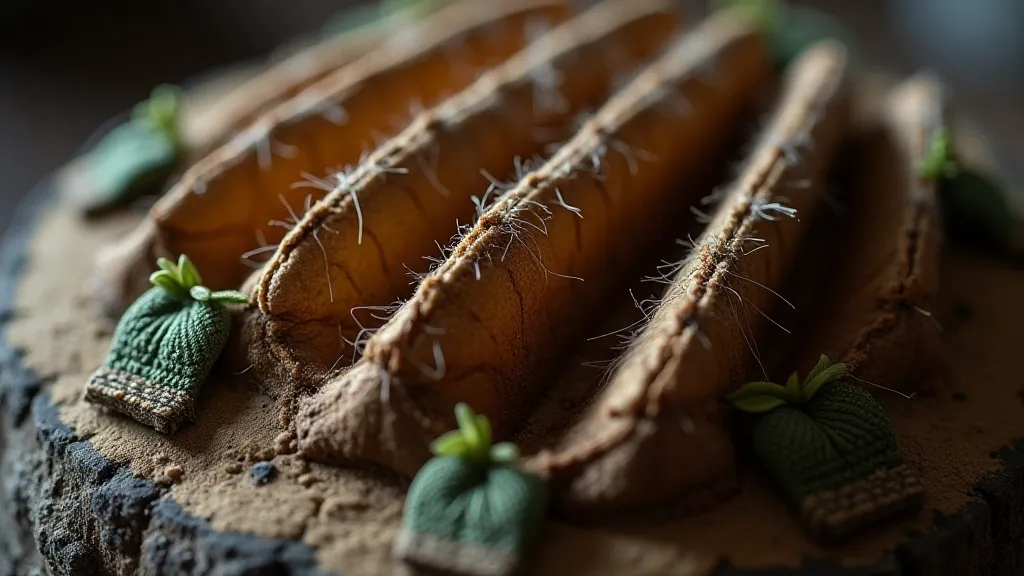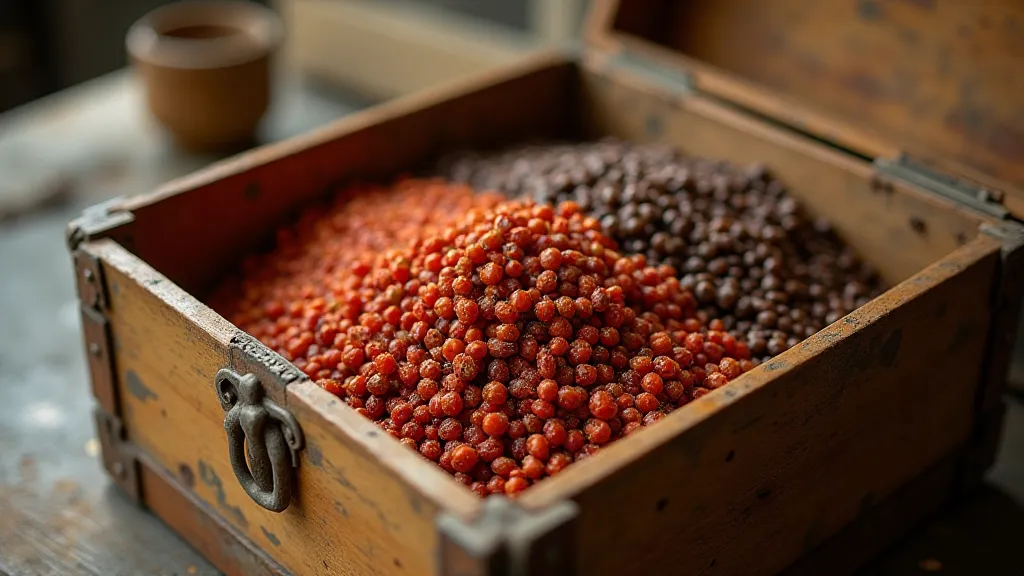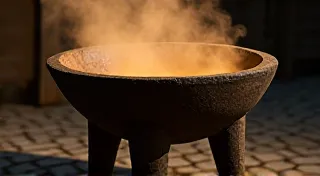The Storyteller’s Seed: Propagating Heirloom Tomato Varieties for Future Generations
There's a certain melancholy that clings to an antique accordion. The faded bellows, the worn keys, the subtle scent of age – they whisper of lively gatherings, of dances long past, of a connection to generations we’re no longer a part of. Just as an accordion holds the echo of music, a seed holds the story of a lineage. And when that seed is an heirloom tomato, that story is one of flavor, resilience, and a profound connection to the earth and the people who cultivated it.
My grandfather, a quiet man of the soil, understood this instinctively. He didn’t talk much about the history of his tomato plants, the ‘Brandywine’ and ‘Cherokee Purple’ varieties that dominated his garden, but I remember the pride in his eyes as he harvested the first blush-red fruit each summer. He called them "stories you can taste," and I’m only beginning to grasp the depth of his words.
Heirloom tomatoes aren't just tomatoes. They are living links to the past, varieties passed down through generations, saved from the homogenization that modern agriculture often demands. Unlike their hybrid counterparts, heirlooms haven't been bred for uniformity or extended shelf life. Instead, they’re cherished for their unique flavors, colors, and textures – flavors that evoke memories and connect us to our agricultural heritage. Losing these varieties isn't just a botanical tragedy; it's a loss of culinary and cultural identity.

Understanding Heirloom Tomatoes and Seed Saving
The term "heirloom" isn’t strictly defined, but generally refers to tomato varieties that have been passed down for at least 50 years, often much longer. They are open-pollinated, meaning they breed true to type – their seeds will reliably produce plants identical to the parent.
Saving seeds from heirloom tomatoes is remarkably simple, and it's a vital act of preservation. It’s a skill that was once commonplace, a natural extension of gardening, but one that’s increasingly rare. It's a quiet rebellion against the forces of standardization, a personal commitment to biodiversity, and, quite frankly, a deeply satisfying act of connection to the natural world.
The Process: A Step-by-Step Guide
Let's walk through the process of saving seeds. First, choose your tomato. Select fruit that is perfectly ripe and exhibits the characteristics you desire – color, size, shape, flavor. Avoid plants that show signs of disease or weakness. The more robust the parent plant, the more vigorous the offspring are likely to be.
Next, cut the tomato in half and gently squeeze out the seeds and surrounding jelly (the “gel”). This gel contains nutrients that help the seeds germinate, so don't discard it! Place the seed mixture in a small jar or container.
Now comes the fermentation process. This crucial step not only removes the gelatinous coating around the seeds, making them easier to handle, but also kills any seed-borne diseases. Add a little water to the jar (just enough to cover the seeds) and loosely cover the opening with a cloth or paper towel secured with a rubber band. Let the mixture sit at room temperature for 3-4 days, stirring occasionally. You'll notice a layer of white mold forming on top – this is normal. The mixture will also start to smell slightly unpleasant. Don’t be alarmed; this is part of the fermentation process.

After 3-4 days, the seeds should have separated from the pulp and the white mold should have formed. Rinse the seeds thoroughly with clean water, removing all traces of the pulp and mold. Spread the seeds in a thin layer on a clean paper towel or coffee filter to dry completely. This usually takes 1-2 weeks. Ensure good air circulation to prevent mold.
Once the seeds are completely dry, store them in a cool, dark, and dry place in an airtight container. A glass jar or a small envelope works well. Label the container with the variety name and the date of collection. Properly stored tomato seeds can remain viable for 4-6 years, sometimes longer. They’re a little time capsule, holding the promise of future harvests.
Beyond the Basics: Considerations and Challenges
Saving tomato seeds isn't always straightforward. Cross-pollination can occur, especially in areas with high bee activity. While heirloom varieties are generally stable, pollen can be carried from one variety to another, potentially leading to changes in the offspring. To prevent this, it's best to space out different varieties by at least 10 feet or to isolate them physically, such as by using netting or row covers.
Disease is another challenge. If your parent plant is diseased, the seeds may carry those diseases. Careful plant selection and disease prevention are crucial. Also, understand that climate and soil conditions can significantly impact seed viability and plant performance. Seeds saved from a successful harvest in one location may not necessarily thrive in another.
Just as the careful restoration of an antique accordion requires understanding its construction and appreciating its history, saving heirloom tomato seeds requires a similar level of attention to detail and a deep respect for the lineage you’re preserving. Each seed is a tiny inheritance, a link to the past, a story waiting to be told.
A Legacy of Flavor and Resilience
My grandfather isn’t here anymore, but his garden continues to flourish, thanks to the seeds he so diligently saved. I find myself tending those plants now, feeling a profound connection to him and to the generations of gardeners who came before. It’s more than just gardening; it's carrying on a tradition, a commitment to preserving something precious – the taste of history, the resilience of tradition, and the beauty of a world richer in diversity.

Saving heirloom tomato seeds is an act of hope. It’s a recognition that the most valuable treasures are often the simplest and the most readily available. It's a reminder that we all have a role to play in safeguarding the future, one seed at a time. And just like an antique accordion, these seeds tell a story – a story of heritage, resilience, and the enduring power of connection.





